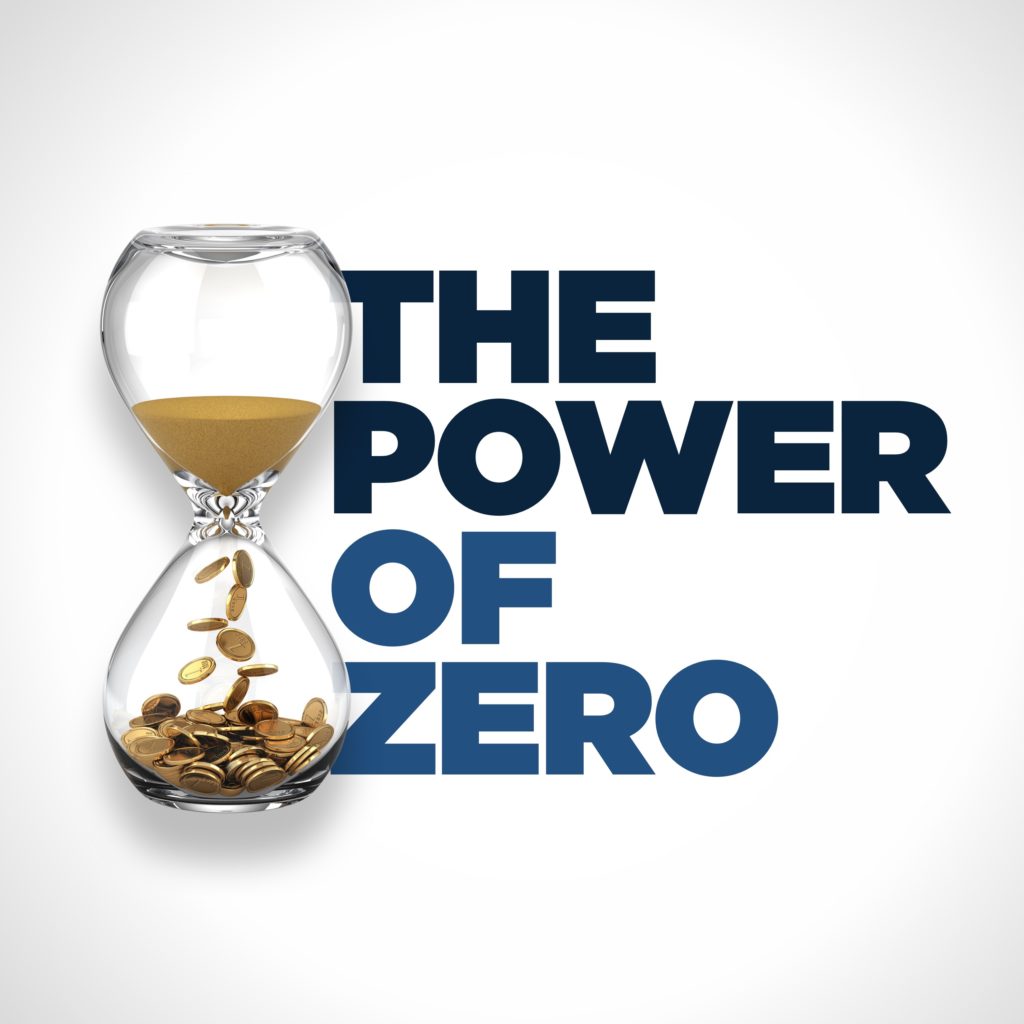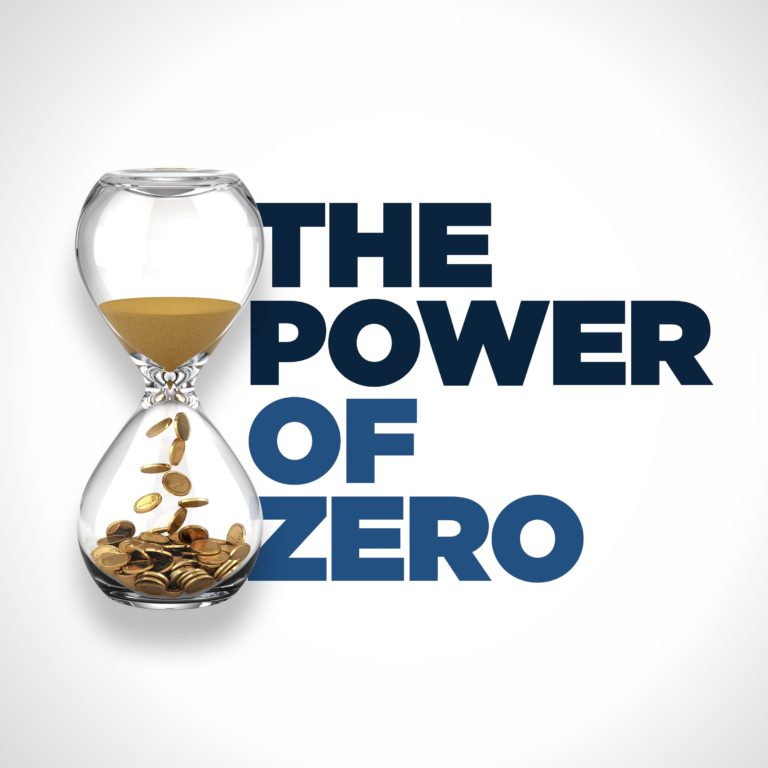Anyone can do a Roth conversion. You need to have money in an IRA. There are no income limitations.
The question comes down to how much tax you want to pay. Do you feel like your tax bill will be lower or higher if you were to postpone the payment of that tax?
Some opponents of Roth conversions will say that you won’t get the full amount of money in your IRA working for you. However, you have to remember that the IRS partners with you in that account and their portion of that money grows right along with yours.
If you to convert that money to a Roth IRA, all of that money is growing to your benefit but the scenario stays basically the same. The key to the calculation is what happens if tax rates are much higher in the future.
Once you get your money into a Roth IRA, you don’t have to worry about tax rates rising in the future.
The rationale to Roth conversions is a bird in the hand is worth two in the bush. It all comes down to the tax rates and where you think they will be in the future.
There is a sweet spot with Roth conversions. If you’re a high income earner it may not make sense to do a Roth conversion today. When you retire, you have to keep in mind what tax cylinder you will be in.
If you’re in the 10% or 12% tax bracket, you should be converting the maximum amount to get to the top of that tax bracket. The real question becomes “how do we feel about the 22% and 24% tax brackets?”
You don’t have to go very far back in history to find tax brackets much higher than today. In 1960 to 1963 the lowest tax bracket was about 22% and the highest went up to 89%.
Larry Kalikov is predicting that tax rates will have to rise by 51% and spending would have to decline by 35%.
If tax rates stayed level in the future, it would probably be a mistake to do a Roth conversion. It really comes down to whether we as a country can afford to be charging 10% to 12% on people’s distributions ten years from now.
24% is only 2% higher than the 22% tax bracket. For an extra 2% you can protect another $150,000 of your IRA conversion. We will look back on today ten years from now and think that was the deal of a lifetime.
You have to feel like the tax rate that you will pay today will be lower than what you will pay in the future. If you are younger than 50, it’s a no brainer. It makes a lot of sense to pay taxes at today’s low tax rates.
If your 401(k) distributions will fall in the 22% tax bracket once your retire, you should absolutely maximize the 22% and even the 24% tax bracket today.
The very best way to insulate yourself from the impact of higher taxes is to get to the 0% tax bracket.
David tells the story of his limo driver during a conference that David was speaking at. Even if you don’t believe that tax rates will be higher in the future, you should probably look at how long a widower will survive after you die. The minute you or your spouse dies, the cost of taking money out of your IRA or 401(k) pretty much doubles.
If your kids inherit your IRA, it will almost certainly not be taxed at the 12% tax bracket since it will probably occur during the peak of their earning years.
If you have money in a Roth IRA, your spouse or kids don’t have to worry about that income because you will have already paid the piper.



